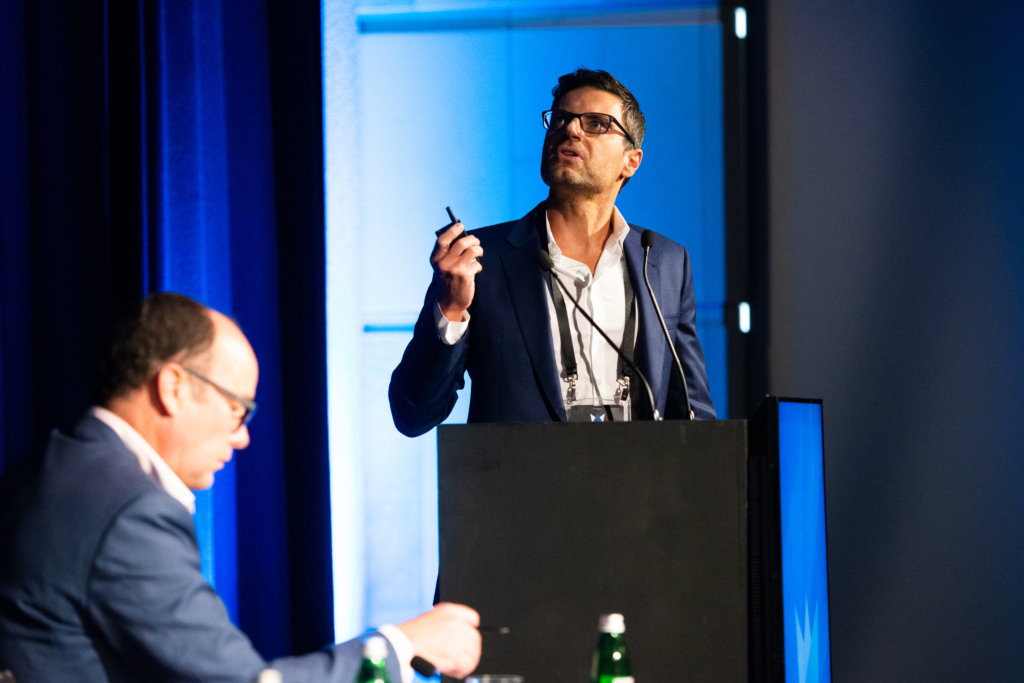
Understanding the Inframammary Fold with Dr Michael Miroshnik Sydney Plastic Surgeon
The “double bubble” is one of the more common problems in breast augmentation patients and while it definitely occurs more often in patients attending less qualified and experienced surgeons, it is an issue that can potentially affect any breast augmentation patient, even with the best of surgeons. Dr Michael Miroshnik, Specialist Plastic Surgeon based in Sydney, is known by his peers and patients as being a leader in surgical techniques and has a loyal following of patients. He spoke at the Breast Masters Symposium at the end of 2018 about The Inframammary Fold and how it can affect a patient’s outcome. Dr Miroshnik shared his symposium talk with us and gave us some insight on how surgeons can avoid undesirable patient outcomes.
What is the Inframammary Fold?
The Inframammary Fold (IMF) is also known as the inframammary crease and is the natural boundary of the breast underneath, so the point where the breast and the chest meet. Dr Miroshnik says the IMF is the key to defining the lower pole of the breast and it’s important for a surgeon to know when and how much you can lower the fold to create the desired shape of a breast augmentation. Each patient will have different positioning and degree of inframammary fold. He says, “We all fear a double bubble deformity, and so if there is a simple clinical way we can try and define the folds it would always be useful. So, when is it safe to lower the native IMF? I’ve found it is a simple straight arm test and I’ve done this for thousands of patients now, and is a good way to identify the problematic folds.
“So you get people to raise the arms straight upwards and then you will see four distinct groups of folds.
Type zero – that’s basically a non existent fold, so nature has not given this patient a fold or its very, very hard to see and we call that like a blank canvass. We can lower the fold anywhere because there is no existing fold.
Then, we get to the trickier ones, the type two fold or a moderate fold. You don’t really know it’s type two until they raise their arm. What you see is about 50% effacement so the fold is still there but it’s gone upwards but it’s 50% less dominant, less present, You can still lower these folds but we are starting to get a bit more cautious, you may want to fat graft, we want to keep the lowering to a minimum usually less than 2cm and I strongly believe in customizing the dual plane interface to make sure that fold is completely gone and there is no muscle covering it up.
Then the hard ones – these are the ones you want to detect, this is what this test is all about, the type three fold. Once the patient lifts their arms up there is no change in the fold, so the fold literally raises up the same way it was before, it’s equally as distinct. These are the ones you want to identify as potentially problematic folds. You can lower it, but the surgeon needs to have a plan. You may also need to advise the patient that there are problems with lowering this fold and that there are size limits.”
The Torso and Its Role in Planning the IMF Position
Dr Miroshnik also says surgeons need to pay attention to the patient’s torso when planning where the IMF should be positioned. “It often gets overlooked because it’s all about the breast and people forget it’s actually attached to a whole body. The torso is very relevant in IMF planning. Nipples are actually now third in my planning sequence and this why. You’ve got to decide then where the breast ends and where the waist starts. There’s got to be some sort of strategy to an aesthetic harmony to the whole body and I find there’s got to be a relation between where the chest space is going to be and where you’re going to put your waist. In summary, if the patient has a short torso, don’t lower the fold. Long torso, you have a lot more flexibility to do whatever you want. We can steal some waist if we want, no problem!”
Aesthetics are all about balance and getting a good breast augmentation outcome is not just about inserting implants. There are so many aspects to the planning that you get when you have a fully qualified and experienced surgeon such as Dr Miroshnik.
If you’d like more information on Dr Michael Miroshnik check out Dr Miroshnik on our PSH website or if you’d like to make an enquiry click here.

